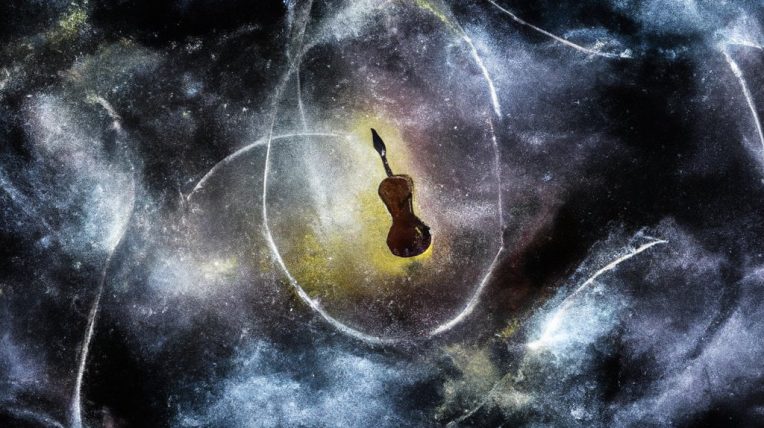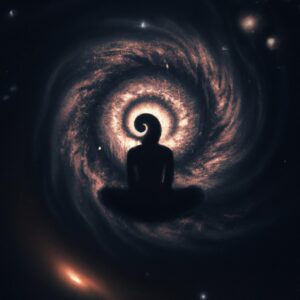Experiencing AI Image Generators
Consider this: you’re at the Louvre in Paris, standing in front of the legendary ‘Mona Lisa,’ and suddenly, in the next instant, you’re looking at a Picasso-inspired rendition of the same lady with that enigmatic smile. Is your mind performing magic tricks? Nope, you’re experiencing the power and flexibility of AI image generators and their remarkable ability to adapt to different artistic styles.
Brief Introduction to AI and Image Generators
So, here’s your bite-sized introduction to understanding this computer magic. AI, short for Artificial Intelligence, is a type of technology that learns and improves on its own, much like a human brain. But don’t worry, it’s not sentient just yet, so your daily dose of painting or doodling isn’t at any risk of being replaced.
AI image generators are a byproduct of this technology, and they are pretty cool; much like your trendy artist friends who switch aesthetics faster than you change your socks. These generators have the fantastic ability to adapt to different artistic styles, thanks to algorithms. Algorithms are – if we’re going to get a little technical here – a set of rules that AI follows in its learning process.
Learning and Adapting to Art Styles
Let’s break down how AI image generators adapt to a range of artistic impressions like Baroque, Impressionism, Cubism, or even Pop Art. Initially, the AI is exposed to a large database of artworks from different periods, movements, and artists. In this stage, the AI acts like an art student, studying and analyzing these artworks to understand and learn different styles.
Understanding and Implementing Art Process
Well, you might ask, how does an AI ‘understand’ art? The AI processes each artwork, noting the use of color, form, texture, and composition. This process, known as feature recognition, quite literally has the AI eyeballing Salvador Dali and then swiftly moving on to study Van Gogh.
Once it learns a plethora of styles, the generator uses this knowledge to produce images mimicking the same aesthetics. Thus, you could provide it with a basic sketch, and the AI would render it in the style of Picasso or Monet or any artist it previously studied. The AI becomes a sort of art chameleon, seamlessly blending into different art movements and styles.
AI Image Generators: Translators of Art
Essentially, AI image generators are like fluent translators, taking in regular images or sketches as input and outputting them in the beautiful, complex language of art that humans have developed over centuries. Imagine it as having an everyday conversation with Michelangelo where he paints your words in beautiful frescoes on the ceiling (or your computer screen).
Conclusion
In conclusion, the science behind AI image generators adapting to different artistic styles isn’t as cryptic as it initially sounds. It’s a combination of careful observation, fine learning, and machine precision. One could even say it’s almost human-like, with its approach but not quite there. Yet, its progress provides a tantalizing probability of fantastic collaborative possibilities between AI and human creativity in years to come.















